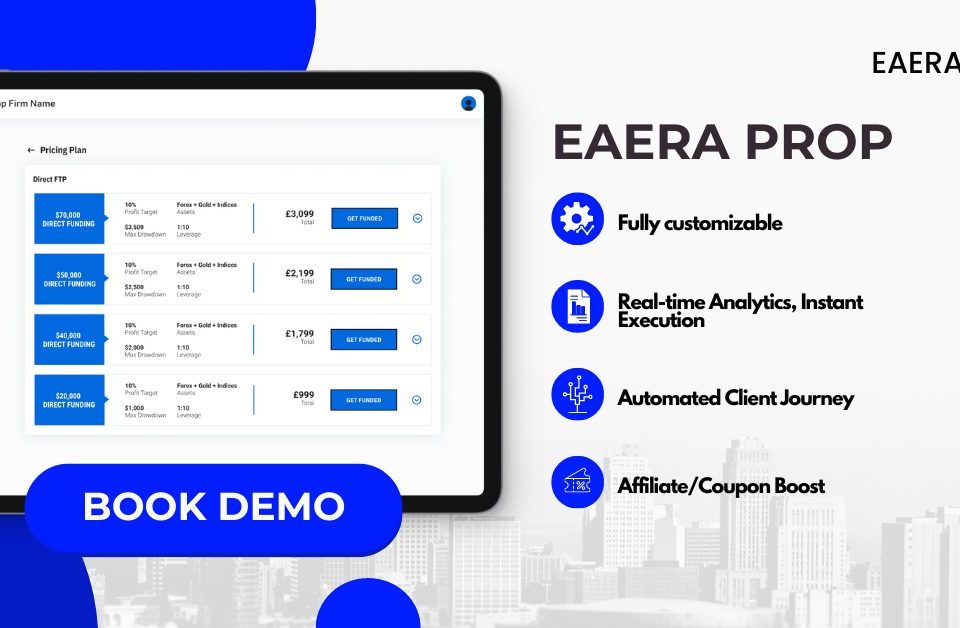
Create a Positive Working Environment
March 10, 2021
The importance of branding in Fintech
July 6, 2021Managing your business during the first few months is a Herculean task, regardless of whether it’s a tiny establishment or a massive enterprise.
In order for your start-up to flourish in the long run, you will have to successfully navigate the maze of obstacles in your path leading to and directly following your grand opening.
To that end, let’s take a look at the top 10 most common mistakes businesses make in their earliest days so you know what to avoid moving forward.
1. Skipping the Planning Phase

You have an idea how to solve some problem for your customers? Great, you have the neck for your project. However, the most difficult part is yet to come: your business plan.
Planning may be tedious, but without a solid plan for your business, you will be operating in the dark. The plans created during this phase will help you to manage time, cost, quality, change, risk and issues. They will also help you manage staff and external suppliers, to ensure that you deliver the project on time and within budget. Before starting your business it’s important to:
- Research your industry
- Learn about your competitors
- Understand the risks
- Map out your finances
- Create a marketing plan
- Prepare all your projections and documents and have them ready if you are planning to pitch your idea to investors
2. Being unorganized
A big mistake that entrepreneurs make is thinking they are all alone, and they try to operate independently without surrounding themselves with wise counsel. Don’t try to run a new business by yourself. Find and onboard trustworthy seasoned advisors to discuss your business ideas, strategy, challenges, and progress. Wisdom and power exist in the multiplicity of counsel.
3. Trying to do everything yourself
Being organized is key. Running a small business is like being a circus ringmaster. It’s normal to have dozens of things happening at once. Write down your business goals and how you plan to achieve them in a clear and precise way and stick to it. Keep this plan visible to remind yourself of your plan from day to day.
4. Going after everything
Some start-ups believe that they have to go after every money-making opportunity. However, that’s simply not true, as these young enterprises should be geared toward developing a long-term revenue plan.
Don’t accept more clients than you can support or make deals that would burden your resources. Create realistic objectives for your business and try to achieve them so you don’t go chasing the almighty dollar.
5. No Testing and Pivoting
Successful entrepreneurs test and pivot at every stage of the entrepreneurship journey. Make an assumption, test it and if your assumptions are disproved, you pivot. If they are proved, you proceed. A startup is a constant process of making adjustments and responding to changes. If you aren’t constantly scanning the environment and responding to it with assumptions, tests, and pivots, your company will either get left behind going the wrong direction or will make massive investments without knowing if you’re making the right bet.
6. Being a “hard head”
You need to be confident in yourself and your plan. If you don’t believe in what you’re doing, no one else will. Your positive attitude will help you connect with potential partners and customers.
Nevertheless, your confidence should not prevent you from accepting that your way isn’t always the best solution. Don’t stubbornly stick to initial ideas if someone else definitevely has a better proposition.

7. Hiring too soon
By far, the biggest mistake a startup can make is hiring employees too soon, such as hiring full-timers when a part-timer might make more sense, or hiring an employee when a subcontractor could have done the same job/function. It is very easy to run a small business with part-timers, subcontractors and the services of other professionals.
8. Underestimating capital requirements
A lot of entrepreneurs think they will stand a much better chance of securing funding if they ask for a smaller amount, but this approach will crush you one of two ways. Firstly, most investors will see that you have underestimated what it will take to be successful and walk away.
Secondly, even if you do secure funding, you will eventually run out of money if you requested less than you needed. When you know how much money you need to start your business, you stand a better chance of receiving the capital needed and surviving. Most startups fail, so you need to do everything possible to help increase your chance of survival.
9. Launching too quickly
One of the biggest mistakes startups make is launching before they are ready. The saying ‘done is better than perfect’ is the right advice, however, the ‘done’ needs to ensure it can handle new clients. Once you have launched into the public and you start getting clients, ensure that your operational systems and processes are in place, such as your team members’ performance, payment terms and methods, contracts, communication, etc. The back-end processes need to be watertight before you start taking on clients; if they aren’t, these are the cracks that will show and appear unprofessional.
10. Not Making a Commitment
Starting a business requires a number of success-oriented character traits such as drive, dedication and a serious sense of commitment. Small business owners need to be willing to make sacrifices, put in the time necessary, and face challenges head-on if they want their businesses to be successful.
We all make mistakes. The key is being aware of them and consistently working to make smart, well-informed decisions in your business. If you can do that, and remain resilient when you do make a mistake, success will be within your reach.
Starting your own Forex business

As any other business, setting up a Forex brokerage from scratch requires a large amount of starting capital as well as time and effort.
There are 6 important steps that should be followed:
- Identify your target market
- Make sure your initial investment is sufficient
- Find an adequate liquidity provider
- Partner with a payment processor
- Build up your brokerage operations
- Prepare your opening with a pre-launching phase and a live stage
There are a lot of things to think about when starting a Forex brokerage. You have 2 main ways you can follow when opening your trading company:
- Choosing a white label option
- Creating and using your own technology
While the second option may seem like an appealing solution because you possess the core foundation and it gives you more room for changes and improvements, be aware that starting a new business and developing such a complex technology is a time and money consuming process.
Due to the lengthy processes and difficulties involved in setting up a Forex brokerage from scratch, many companies prefer to opt for the forex brokerage for sale approach. This option is known as a White Label Solution – essentially a forex brokerage software which has already been thoroughly tested and proven to work. A big advantage of using a White Label is that you save yourself the trouble of dealing with technical requirements, implementation and ongoing maintenance.
A Forex white label also helps you lower your operating expenses on the whole as you don’t have to comply with capital requirements since you will not be processing trading operations. Furthermore, you pay significantly less for a licence compared with developing it on your own.
EAERA offers you an all-in-one White Label Solution that includes:
- MT4, MT5 White Label
- Website
- Back-office
- Client Portal
- All payment methods
- PAMM System
- Multi-Level Affiliate System
Follow the link and find out more about our offer:
eaera.com/core-brokerage-system/
Contact us and setup your own Forex company within 2 weeks!









